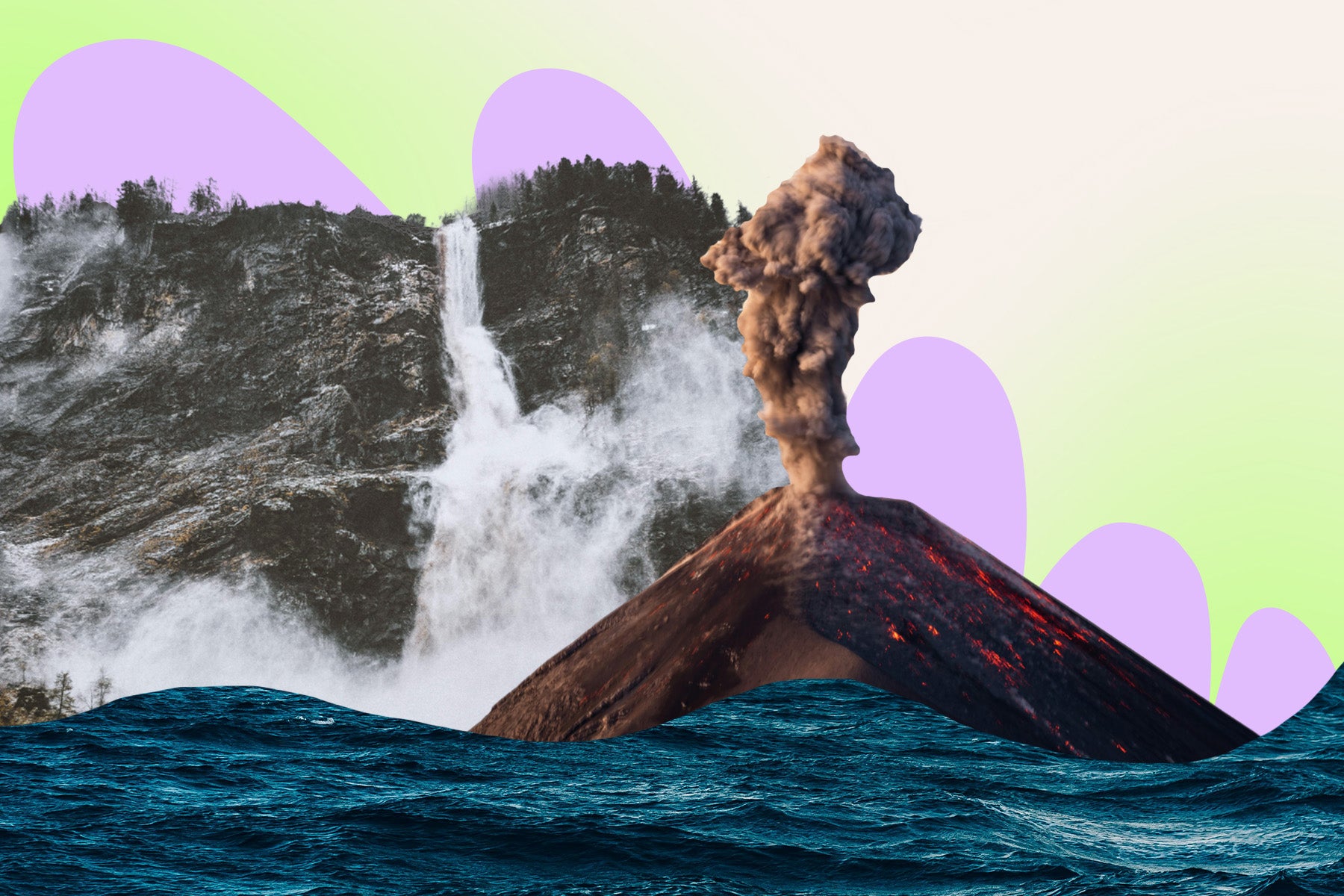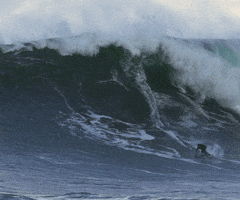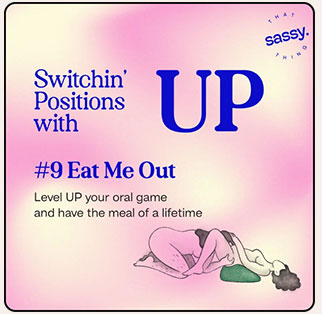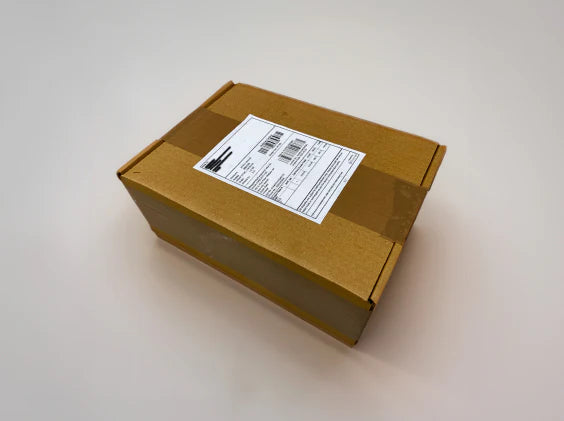Your cart is currently empty

Girl, I've got some spicy tea for you straight from the world of science! Professor James Pfaus from Charles University in Prague went full-on detective mode and uncovered something wild about the female orgasm. He found out that our pelvic floor muscles contract in three different ways when we hit that peak moment.
Wait, how did he even crack this? He hooked up 54 women to use a Bluetooth connected vibrator, named the Lioness and had them do their thing while he collected data like a boss. This vibrator was able to track those internal muscle moves leading up to the big O.
Now, don’t confuse this with the kind of orgasms we have - i.e. it's a clitoral delight, a vaginal victory, or a blend of both. Nah, this is all about the rhythmic pelvic floor action happening when you hit that peak, regardless of how you actually get there.
But how are these different from one another? And what’s the kind of orgasm you’ve been having all this time? Come, let’s find out!
WAVE
If you experience the wave, you will feel rippling waves of tension and then release in your pelvic muscles.
It was technically stated as ‘undulations or successive contractions of tension and release.’ And guess what? This one’s the crowd favorite, the Beyoncé of orgasms, if you will. A whopping 26 lucky ladies from the study of 54 went surfing on the wave!
VOLCANO
Like the name suggests, this one’s way more exclusive than the steady build-up of a wave. Your pelvic floor is chillin’ at a lower tension level, just simmering like a volcano about to blow. And then—boom!

The women who felt it described it as "almost every muscle in my body tenses up as the pleasure greatly intensifies, and then there’s a huge release”. It might be the rarest of the bunch, because only 11 felt the volcano erupting down there.
AVALANCHE
The avalanche is when your pelvic floor’s all revved up, tension building higher and higher until it releases into a gentler orgasm.
So, what’s it like to ride this pleasure avalanche? Well, one woman put it like this: “My body starts shaking, and then I suddenly explode into an orgasm. My body snaps and sort of spasms (a good spasm) over and over again until it eventually starts to calm down before finally letting my muscles rest.” 17 women from the study might have experienced something very similar to this!

Honey, let’s set one record straight: no type of orgasm is better than another one. But hold onto your hats, ‘cause things do get mind-blowing: your body sticks to its pleasure pattern like glue. Seriously, across years of data, not a single person with a volcano orgasm has ever been caught riding the wave.
But just because we haven’t cracked that code yet doesn’t mean it’s game over for multiple orgasm patterns. Female anatomies are something that we are just now slowly uncovering. You might already stumble upon some Reddit threads where women claim to experience all the patterns. However, we’re still waiting on the scientific data for that smoking gun.
So, what’s the buzz out there in the wide world about all this orgasmic discovery? Well, while some folks are fist-pumping like they’ve just won the lottery, others are raising an eyebrow or two. Enter sexologist Stella Anna Sonnenbaum dropping some bombs. She talks about expanding our minds when it comes to women’s pleasure. Putting these orgasm patterns in little boxes is what she calls “reductionist.’ According to Stella, we shouldn’t be boxing in women’s pleasure with narrow definitions. “As a sex educator, what I’m teaching is involving as much of the body as possible in sexual arousal, and also letting go of the genital focus. It seems shallow to define the quality of orgasms simply via pelvic floor contractions,” she said. “There are more than a hundred different kinds of female orgasms, and a lot of them don’t even involve the genitals that much. Self-pleasuring is a great way to find out about our own pleasure, but partner interaction is not mentioned here at all.”
Aunt Sassy does agree that sexual experience for women is way more holistic than just a focus area on genitals. But here’s the thing: just ‘cause we’re shining a spotlight on pelvic floor shenanigans doesn’t mean we’re ignoring the bigger picture. Nah, this study’s like opening a door to a whole new world of understanding how our bodies tick when it comes to pleasure. And let's not forget the role of sex toys in this exploration! Aunt Sassy raises a glass to more research, more debunking, and more mind-blowing insights into how our bodies do their thing when it’s time to get down and dirty.
And Professor Pfaus and his crew aren’t hitting the brakes just yet either! They’re diving even deeper into the orgasmic rabbit hole, exploring how these pelvic floor parties are lived and experienced by real women. “We are doing a long-term study of women using the Lioness to see how these different patterns are experienced subjectively as orgasms, as levels of pleasure, where the stimulation that induces them largely comes from," added Professor Pfaus.
So, while we’re on the edge of our seats waiting for the next big reveal, you better believe we’ll be keeping our eyes peeled for those juicy results. ‘Cause when Professor Pfaus drops knowledge, we’ll bring it to you.
Having delved into this enlightening discussion, we hope you've gained valuable insights into the intricate dynamics of pleasure and sexual well-being. But the journey doesn't end here. Expand your understanding further by exploring our blogs such as “Can older women have sex ” and “How to master phone sex”, where we delve into various aspects of sexual health, intimacy, and empowerment. Keep feeding your curiosity and enriching your knowledge – because there's always more to learn and explore.
About the Author :

Hemali (she/her) is an explorer of the realms of sexuality, intimacy, and dating. She talks endlessly about the evolving landscape of feminist narratives on the big screen and makes you reanalyze the portrayal of women in mainstream culture. If you're looking for alternative conversation starters, take your pick from: Biryani, Art Fairs, or Spoken Word Poetry.













